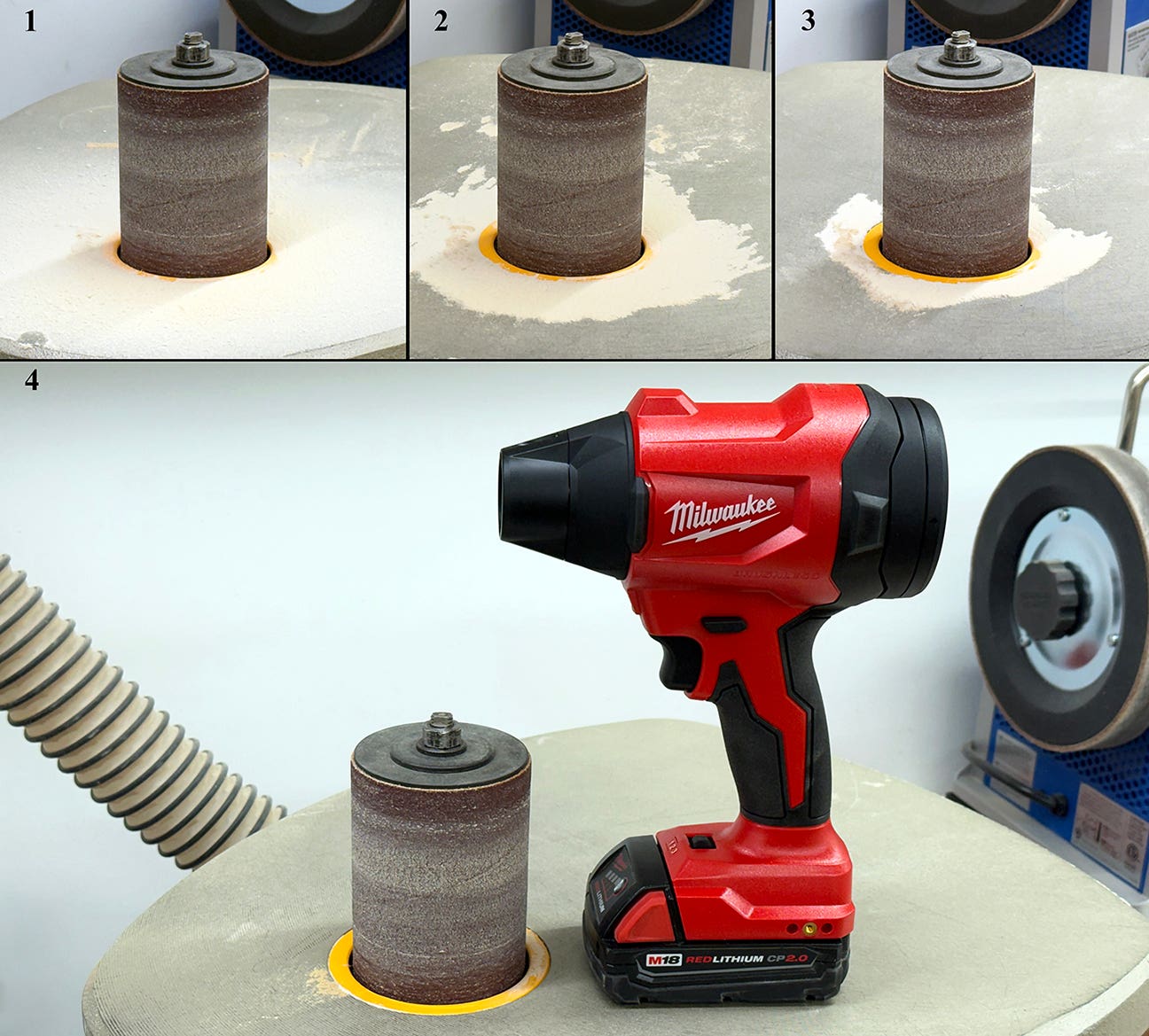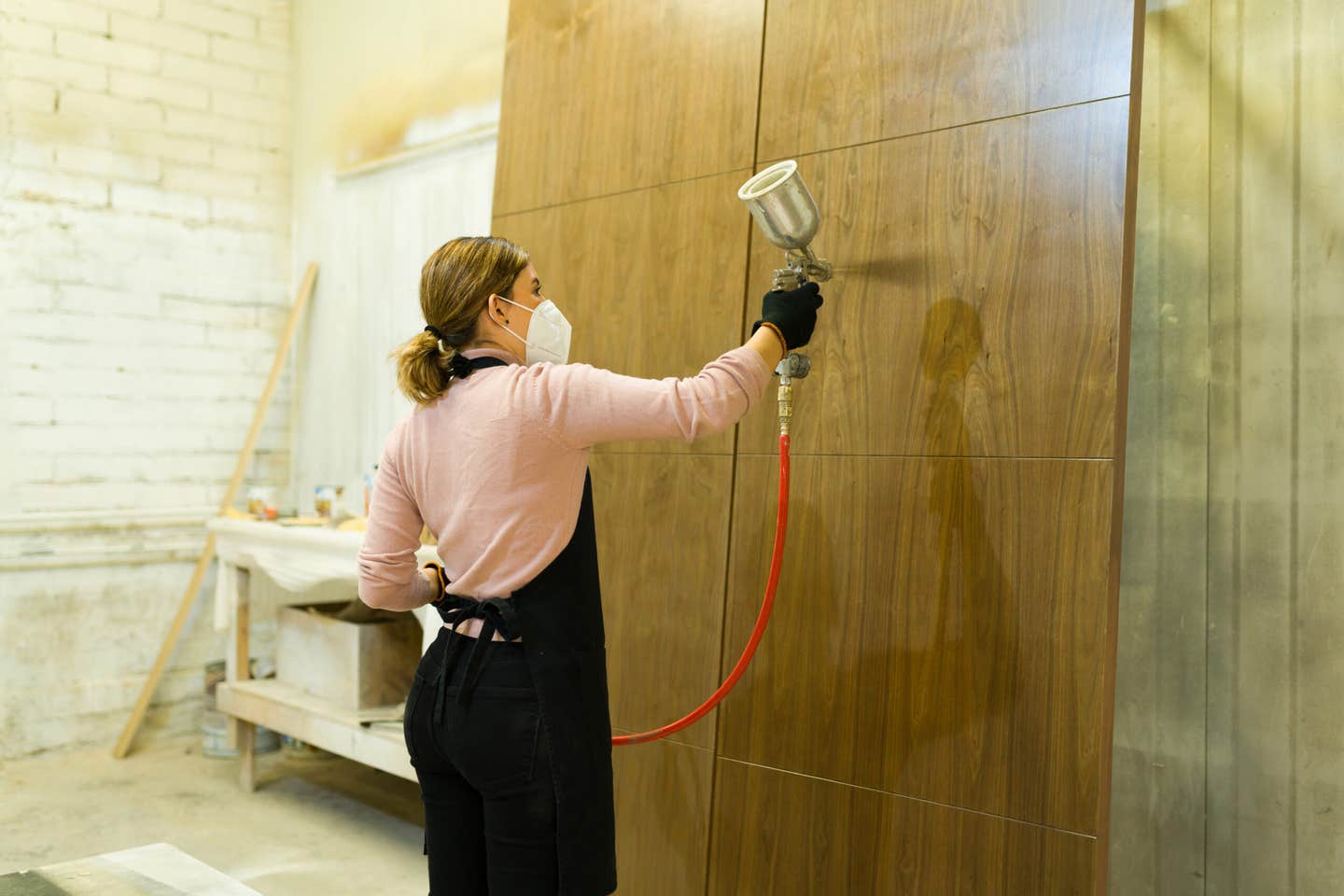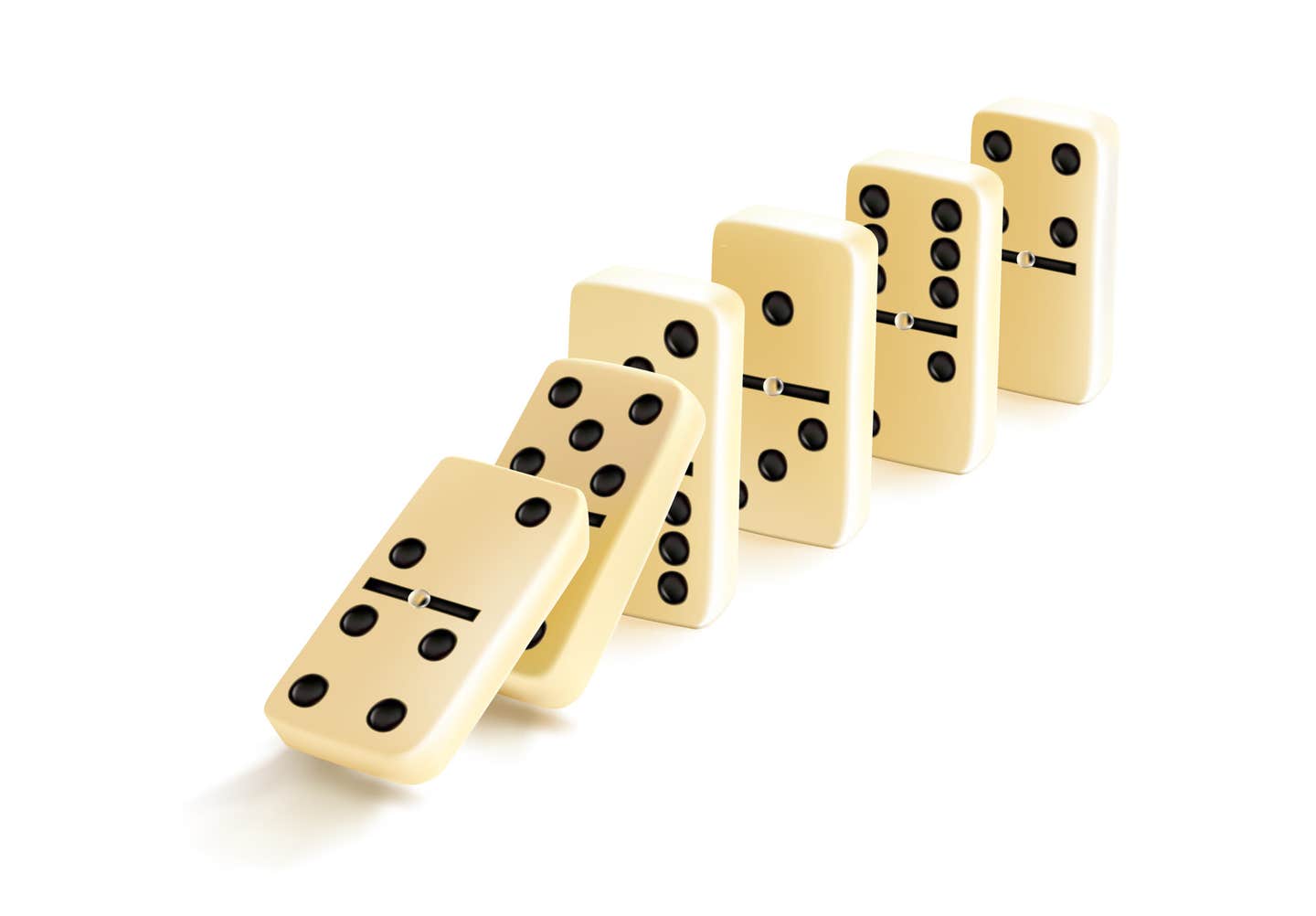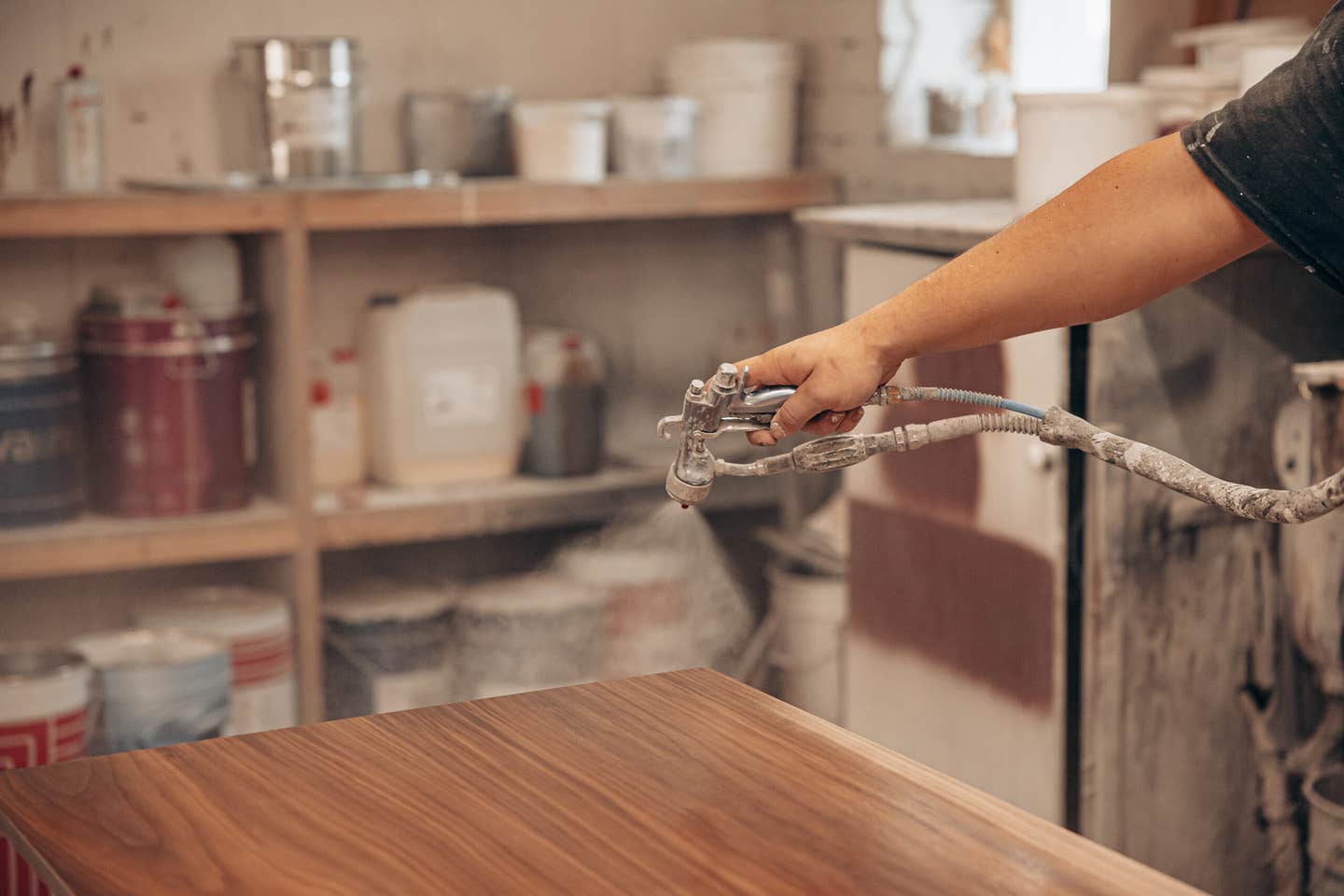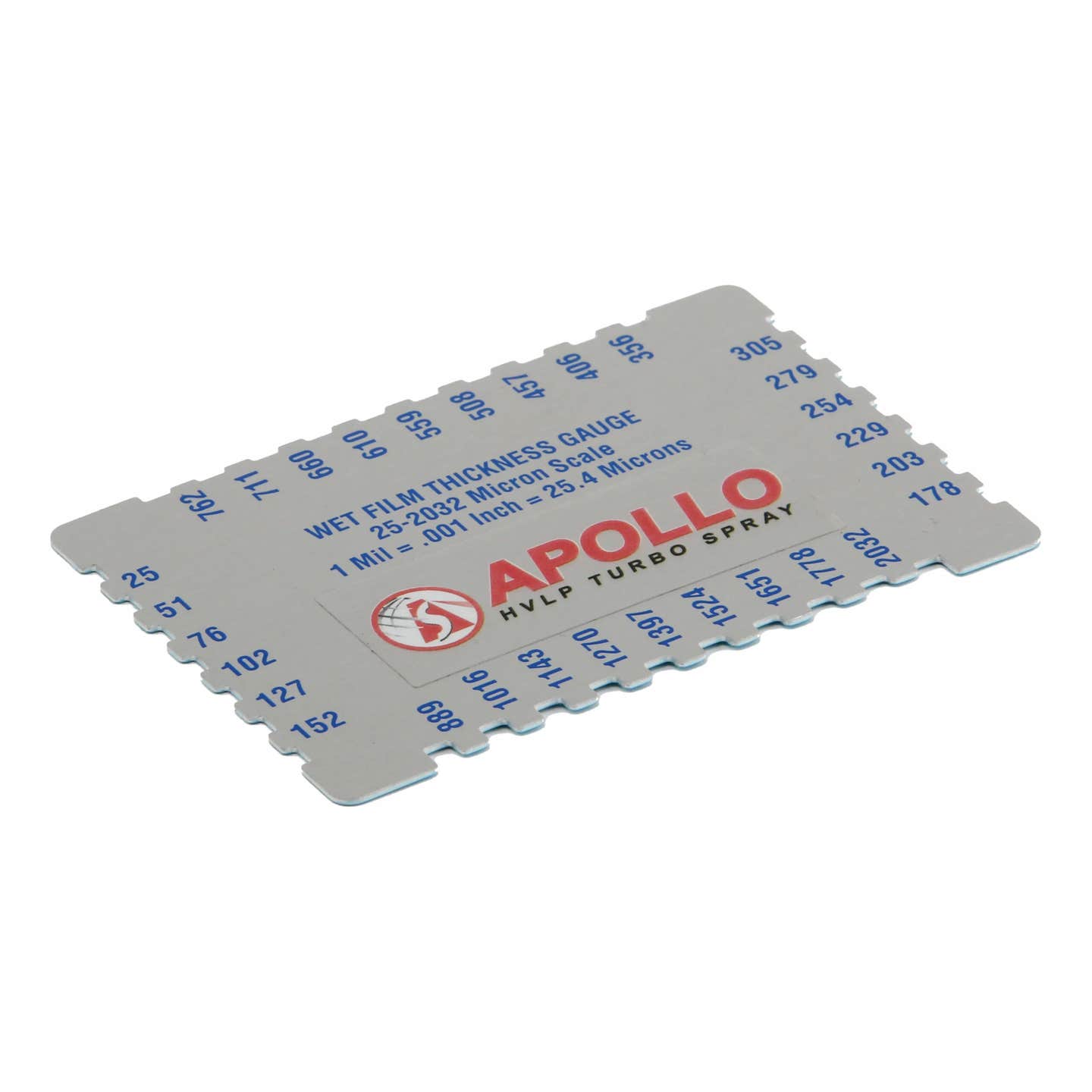Rendering a reproduction
Sometimes, the hardest part of making a wooden reproduction isn’t the woodworking.
Sometimes, the hardest part of making a wooden reproduction isn’t the woodworking.
A few years ago, I made a reproduction of a small wooden recipe box of the type commonly sold (or given away) as advertising premiums in the early/mid 20th century. Although I didn’t have an actual sample to examine, a thorough Internet search turned up enough photos and info to get accurate dimensions, create identical components to an original, and build one that looked like it had come from a kitchen sometime in the 1930s or ’40s.
There was variation in these originals, so I picked details I liked best – such as box joints instead of butt joints – and was pleased with it. But something that didn’t vary was the advertising insert you’d always find inside the lids.
In spite of what I found online, there was no single photo good enough to copy and use. I did find, however, a number of partial glimpses showing a left corner of that insert here, the bottom there, a bit of the right side somewhere else. In gathering all of these I knew what the whole insert looked like, so I turned to one of my most valuable woodworking tools – Photoshop – and using all those bits and pieces as a guide, managed to reconstruct a decent facsimile.
To make the wooden box itself and fashion copies of the original brass hinges took less than a day. In fact, since the components were small and easy to make, I went ahead and made a few of them. But I think it took the better part of two days to re-create that insert.
A.J. Hamler is the former editor of Woodshop News and Woodcraft Magazine. He's currently a freelance woodworking writer/editor, which is another way of stating self-employed. When he's not writing or in the shop, he enjoys science fiction, gourmet cooking and Civil War reenacting, but not at the same time.



